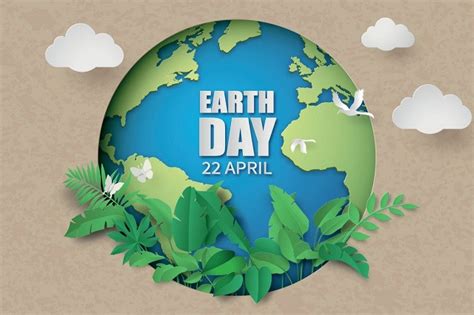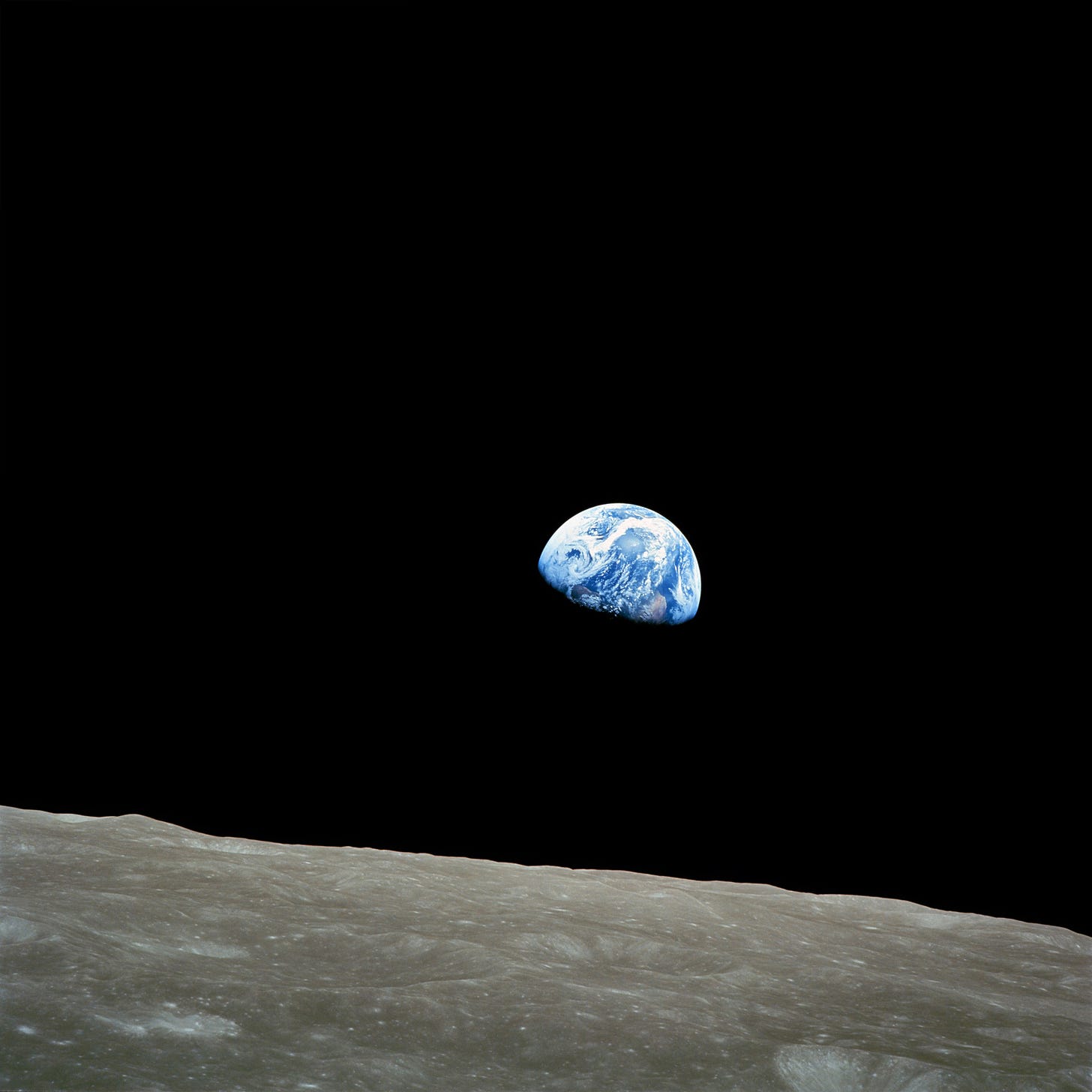
Tomorrow is Earth Day, celebrated for the first time in 1970. Coming the same week that House Republicans demanded that Congress rescind the money Democrats appropriated in the Inflation Reduction Act to address climate change, Earth Day in 2023 is a poignant reminder of an earlier era, one in which Americans recognized a crisis that transcended partisanship and came together to fix it.
The spark for the first Earth Day was the 1962 publication of Rachel Carson’s Silent Spring. A marine biologist and best-selling author, Carson showed the devastating effects of people on nature by documenting the effect of modern pesticides on the natural world. She focused on the popular pesticide DDT, which had been developed in 1939 and used to clear islands in the South Pacific of malaria-carrying mosquitoes during World War II. Deployed as an insect killer in the U.S. after the war, DDT was poisoning the natural food chain in American waters.
DDT sprayed on vegetation washed into the oceans. It concentrated in fish, which were then eaten by birds of prey, especially ospreys. The DDT caused the birds to lay eggs with abnormally thin eggshells, so thin the eggs cracked in the nest when the parent birds tried to incubate them. And so the birds began to die off.
Carson was unable to interest any publishing company in the story of DDT. Finally, frustrated at the popular lack of interest in the reasons for the devastation of birds, she decided to write the story anyway, turning out a highly readable book with 55 pages of footnotes to make her case.
When The New Yorker began to serialize Carson’s book in June 1962, chemical company leaders were scathing. “If man were to faithfully follow the teachings of Miss Carson," an executive of the American Cyanamid Company said, "we would return to the Dark Ages, and the insects and diseases and vermin would once again inherit the earth." Officers of Monsanto questioned Carson's sanity.
But her portrait of the dangerous overuse of chemicals and their effect on living organisms caught readers’ attention. They were willing to listen. Carson’s book sold more than half a million copies in 24 countries.
Democratic president John F. Kennedy asked the President’s Science Advisory Committee to look into Carson’s argument, and the committee vindicated her. Before she died of breast cancer in 1964, Carson noted: "Man's attitude toward nature is today critically important simply because we have now acquired a fateful power to alter and destroy nature. But man is a part of nature, and his war against nature is inevitably a war against himself? [We are] challenged as mankind has never been challenged before to prove our maturity and our mastery, not of nature, but of ourselves."
Meanwhile, a number of scientists followed up on Carson’s argument and in 1967 organized the Environmental Defense Fund to protect the environment by lobbying for a ban on DDT. As they worked, Americans began to pay closer attention to human effects on the environment, especially after three crucial moments: First, on December 24, 1968, William Anders took a color picture of the Earth rising over the horizon of the moon from outer space during the Apollo 8 mission, powerfully illustrating the beauty and isolation of the globe on which we all live.
Then, over 10 days in January–February 1969, a massive oil spill off the coast of Santa Barbara, California, poured between 80,000 and 100,000 barrels of oil into the Pacific, fouling 35 miles of California beaches and killing seabirds, dolphins, sea lions, and elephant seals. Public outrage ran so high that President Nixon himself, a Republican, went to Santa Barbara in March to see the cleanup efforts, telling the American public that “the Santa Barbara incident has frankly touched the conscience of the American people.”
And then, in June 1969, the chemical contaminants that had been dumped into Cleveland’s Cuyahoga River caught fire. A dumping ground for local heavy industry, the river had actually burned more than ten times in the previous century, but with increased focus on environmental damage, this time the burning river garnered national attention.
In February 1970, President Richard M. Nixon sent to Congress a special message “on environmental quality.” “[W]e…have too casually and too long abused our natural environment,” he wrote. “The time has come when we can wait no longer to repair the damage already done, and to establish new criteria to guide us in the future.”
“The tasks that need doing require money, resolve and ingenuity,” Nixon said, “and they are too big to be done by government alone. They call for fundamentally new philosophies of land, air and water use, for stricter regulation, for expanded government action, for greater citizen involvement, and for new programs to ensure that government, industry and individuals all are called on to do their share of the job and to pay their share of the cost.”
Nixon called for a 37-point program with 23 legislative proposals and 14 new administrative measures to control water and air pollution, manage solid waste, protect parklands and public recreation, and organize for action. “As we deepen our understanding of complex ecological processes, as we improve our technologies and institutions and learn from experience, much more will be possible,” he said. “But these 37 measures represent actions we can take now, and that can move us dramatically forward toward what has become an urgent common goal of all Americans: the rescue of our natural habitat as a place both habitable and hospitable to man.”
Meanwhile, Gaylord Nelson, a Democratic senator from Wisconsin, visited the Santa Barbara oil spill and hoped to turn the same sort of enthusiasm people were bringing to protests against the Vietnam War to efforts to protect the environment. He announced a teach-in on college campuses, which soon grew into a wider movement across the country. Their “Earth Day,” held on April 22, 1970, brought more than 20 million Americans—10% of the total population of the country at the time—to call for the nation to address the damage caused by 150 years of unregulated industrial development. The movement included members of all political parties, rich Americans and their poorer neighbors, people who lived in the city and those in the country, labor leaders and their employers. It is still one of the largest protests in American history.
In July, at the advice of a council convened to figure out how to consolidate government programs to combat pollution, Nixon proposed to Congress a new agency, the Environmental Protection Agency, which Congress created in 1970. This new agency assumed responsibility for the federal regulation of pesticides, and after the Environmental Defense Fund filed suit, in June 1972 the EPA banned DDT. Four months later, Congress passed the Clean Water Act, establishing protections for water quality and regulating pollutant discharges into waters of the United States.
Today, even as Republicans are attacking the EPA by suggesting that Congress cannot delegate major regulatory powers to it, President Joe Biden issued an executive order to promote environmental justice. In the past generation we have come to understand that pollution hits minority and poor populations far harder than it does wealthy white communities: the government and private companies target Indigenous reservations for the storage of nuclear waste, for example, because the reservations are not covered by the same environmental and health standards as the rest of the country.
Today, Biden said, “To fulfill our Nation’s promises of justice, liberty, and equality, every person must have clean air to breathe; clean water to drink; safe and healthy foods to eat; and an environment that is healthy, sustainable, climate-resilient, and free from harmful pollution and chemical exposure. Restoring and protecting a healthy environment—wherever people live, play, work, learn, grow, and worship—is a matter of justice and a fundamental duty that the Federal Government must uphold on behalf of all people.”
Amen.
Happy Earth Day 2023.
[Earthrise, taken on December 24, 1968, by Apollo 8 astronaut William Anders, NASA, Public Domain, gathered from Wikipedia]
— By Heather Cox Richardson Notes: https://www.politico.com/news/2023/04/20/house-gop-debt-limit-plan-inflation-reduction-act-00092891 https://www.nrdc.org/stories/story-silent-spring https://www.presidency.ucsb.edu/documents/special-message-the-congress-environmental-quality https://www.epa.gov/history/origins-epa https://www.earthday.org/history/ https://www.epa.gov/archive/epa/aboutepa/ddt-regulatory-history-brief-survey-1975.html https://www.nps.gov/articles/story-of-the-fire.htm. https://www.epa.gov/laws-regulations/discover-history-clean-water-act https://nelsonearthday.net/gaylord-nelson-earth-day-origins/


Add new comment